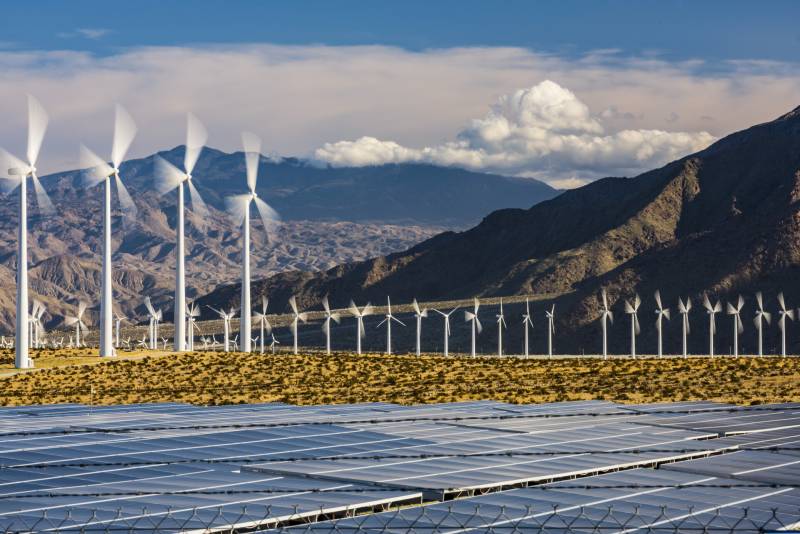But climate science actually doesn’t say this. To the contrary, the best climate science you’ve probably never heard of suggests that humanity can still limit the damage to a fraction of the worst projections if — and, we admit, this is a big if — governments, businesses and all of us take strong action starting now.
For many years, the scientific rule of thumb was that a sizable amount of temperature rise was locked into Earth’s climate system. Scientists believed — and told policymakers and journalists, who in turn told the public — that even if humanity hypothetically halted all heat-trapping emissions overnight, carbon dioxide’s long lifetime in the atmosphere, combined with the sluggish thermal properties of the oceans, would nevertheless keep global temperatures rising for 30 to 40 more years. Since shifting to a zero-carbon global economy would take at least a decade or two, temperatures were bound to keep rising for at least another half-century.
 But guided by subsequent research, scientists dramatically revised that lag time estimate down to as little as three to five years. That is an enormous difference that carries paradigm-shifting and broadly hopeful implications for how people, especially young people, think and feel about the climate emergency and how societies can respond to it.
But guided by subsequent research, scientists dramatically revised that lag time estimate down to as little as three to five years. That is an enormous difference that carries paradigm-shifting and broadly hopeful implications for how people, especially young people, think and feel about the climate emergency and how societies can respond to it.
This revised science means that if humanity slashes emissions to zero, global temperatures will stop rising almost immediately. To be clear, this is not a get-out-of-jail-free card. Global temperatures also will not fall if emissions go to zero, so the planet’s ice will keep melting and sea levels will keep rising. But global temperatures will stop their relentless climb, buying humanity time to devise ways to deal with such unavoidable impacts. In short, we are not irrevocably doomed — or at least we don’t have to be, if we take bold, rapid action.
The science we’re referencing was included — but inadvertently buried — in the United Nations Intergovernmental Panel on Climate Change’s recent report, issued in August. Indeed, it was first featured in the IPCC’s landmark 2018 report, “Global warming of 1.5°C.”


